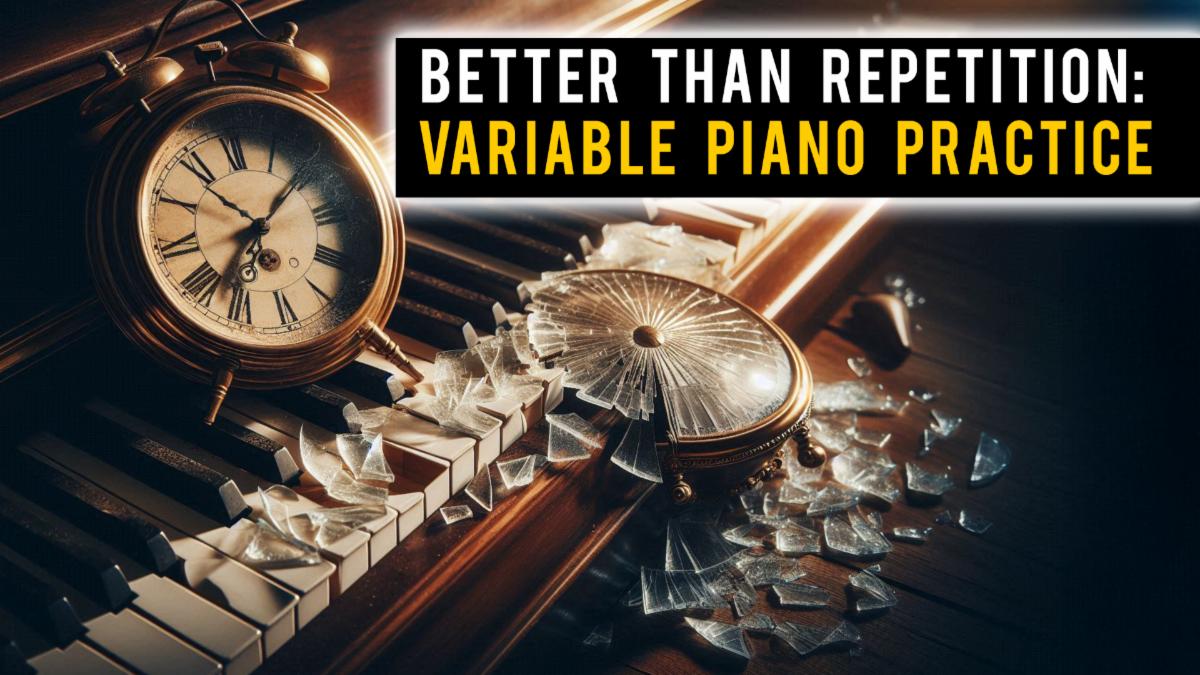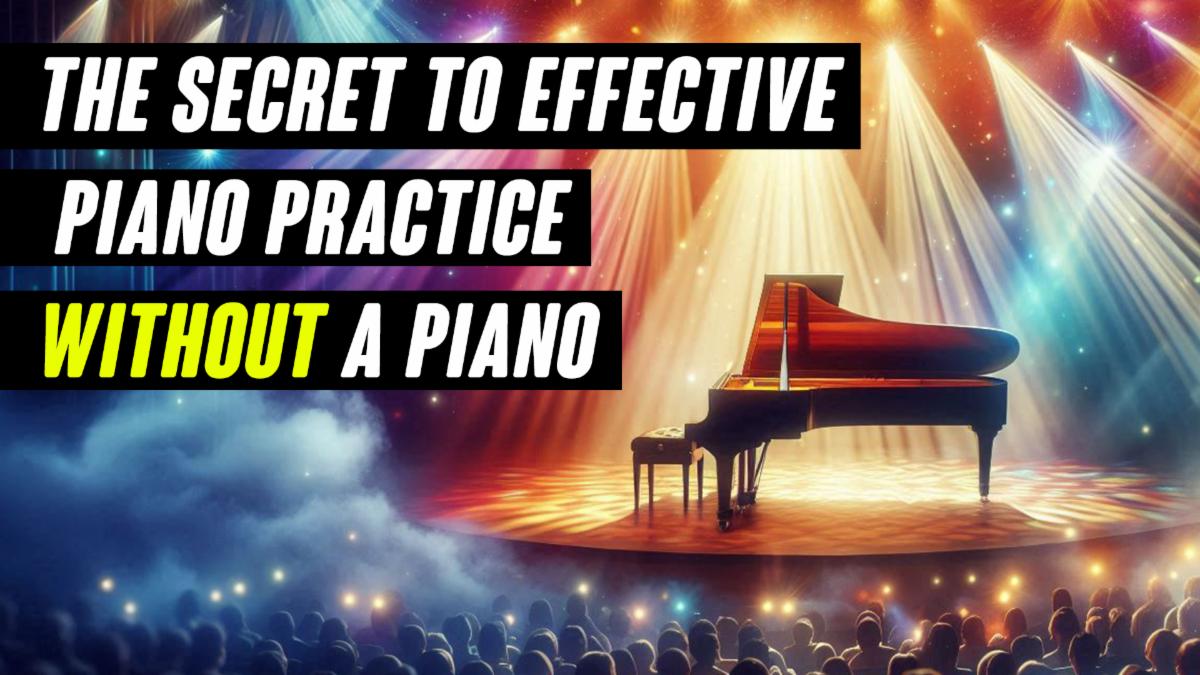I’m Robert Estrin. Welcome to LivingPianos.com. Are you struggling to break a bad practice habit? Science might have the answer for you. Let’s explore how to replace detrimental habits with effective techniques.
Understanding the Habit Loop
Understanding the habit loop—cue, routine, reward—can help you identify and alter unwanted behaviors. Replacing a bad habit with a positive one that offers a similar reward is key. Let’s discuss strategies to rewire your brain for better practice habits.
Implementing Change
By applying this approach, you can transform detrimental habits into productive ones, paving the way for continuous improvement. For example, if you find that you aren’t implementing practice of scales and arpeggios in your practice, but you see the value in this, try putting your Hanon book right in the center of your music rack and make it a new daily routine to start with just five or ten minutes of scales and arpeggios. It’s simply the act of starting that makes all the difference in the world. Once you do this for several days, it becomes routine, which is exactly the point! You can do this with almost anything in your piano practice, as well as in your life.
By understanding and applying the science of habit formation, you can effectively overcome bad habits and cultivate a more productive and fulfilling practice routine.
Looking to get more out of your practice? The Living Pianos Mastermind Club offers expert support, proven techniques, and a supportive community to help you reach your musical goals faster. Click here to schedule your free consultation and elevate your playing today!




